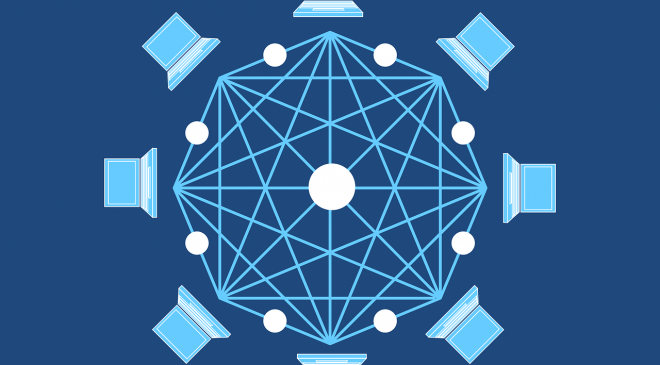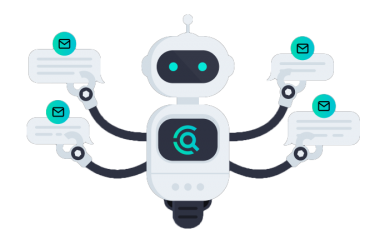
South Australian food organisations use blockchain platform to reduce traceability times from three days to three seconds.
Australia meat processer and independent grocer investor in blockchain-based food ecosystem to trace the entire lifecycle of a food product, from region to plate, and update the record in real-time.
Family-owned meat processor, Thomas Foods International, and largest independent grocery retailer, Drakes Supermarket will now be able to keep record of their food products from region to plate, and update the record in real-time.
The pilot involved tracing the origin of a piece of steak back to one of four individual farms. IBM Food Trust used blockchain technology to enable participating retailers, suppliers, and growers to collaborate based on a shared view of food ecosystem data to enable greater traceability, transparency and efficiency.
This is important as it provides increased data granularity, which is an enabler for several use cases, including:
- In the event of fast, surgical recalls, customers can quickly identify the amount of product at risk with minimised false positives.
- Product differentiation, which allows retailers to prove the provenance and history of an individual cut of meat.
Thomas Foods International (TFI) and Drakes Supermarket have been testing IBM Food Trust for the past three months to deliver improvements in day-to-day operational efficiencies. By removing data silos within the organisations and enabling a high level of data granularity, the pilot has enabled data to be shared across organisations.
TFI and Drakes are able to upload data into a shared platform and the life cycle of the products being traced has been mapped across the organisations, allowing a product to be tracked as it moves through the supply chain.
IBM Food Trust members contribute data to the network. Participants such as TFI can upload their data and share with other organisations within their ecosystem. Organisations within the same supply chain can leverage the information of the partners to establish a single, shared version of truth.
By maintaining the individual data relating to each product instead of moving to data about grouped products, we are achieving a greater understanding of how each food item is moving through the supply chain.
This added level of transparency and verifiability will reinforce customers’ and consumers’ confidence in the provenance of our product and is made possible by blockchain technology. Transparency and traceability are the key to many industries now, and none more so than in the critical issues of food safety and provenance.




